7 big ways the Fallout show adds new lore to the Fallout universe
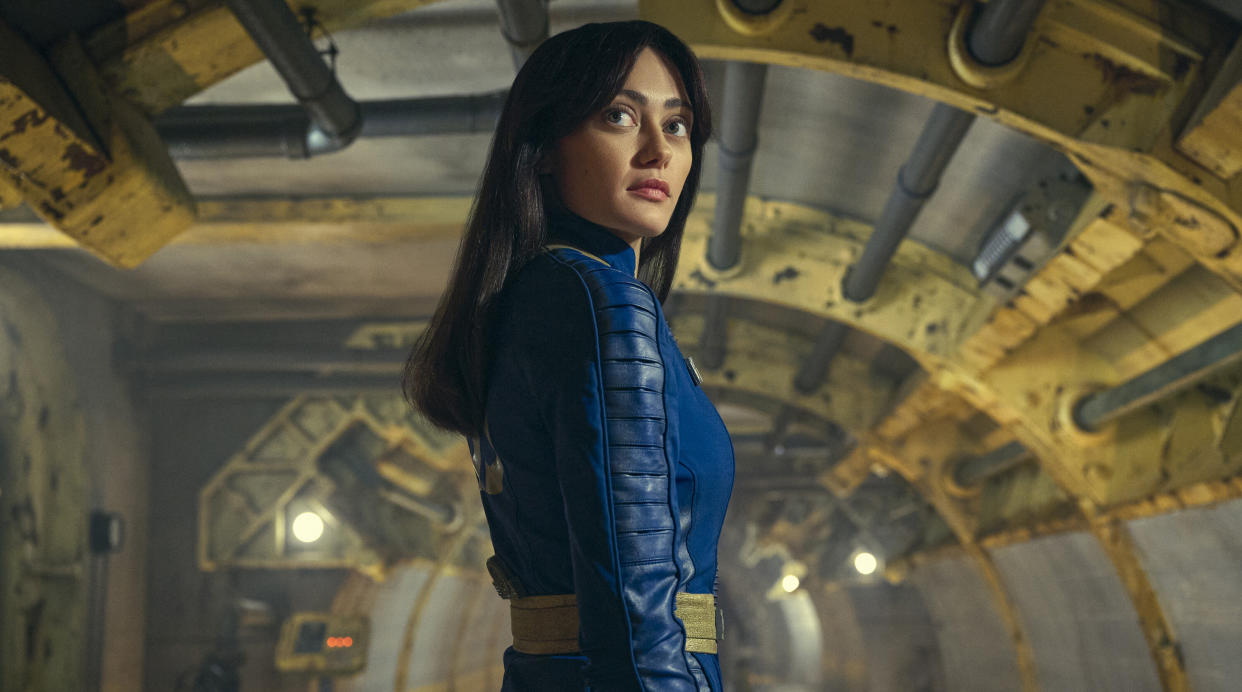
- Oops!Something went wrong.Please try again later.
The Fallout show is here and it's good. As Jody put it in his review, Prime TV's Fallout series is "the best Fallout since New Vegas." I think I speak for Fallout fans everywhere when I let out a long sigh of relief: film and TV video game adaptations have a pretty spotty record so it's satisfying (and apt) to give this show a thumbs-up.
And not only is the series not a one-off—the ending leaves the Vault door wide open for Fallout season two—but it's now part of Fallout history: Todd Howard said the Fallout show is canon, so everything in these eight episodes are now a part of official Fallout lore. That includes things that happened hundreds of years ago—the show has several pre-war flashbacks—as well as some updates to current events in the Fallout universe.
Here's how the Fallout show adds to Fallout lore. Note: major story spoilers for the Fallout series below.
The status of the NCR
When the first trailers and images for the series began to appear, Fallout fans had a lot of questions about what they weren't showing. The show is set in and around Los Angeles, California, but the early looks were almost entirely focused on the Brotherhood of Steel. Where the heck was the NCR? The New California Republic was a huge, dominant postwar force in this part of the country but seemed to be entirely missing from the show's promotional materials.
One trailer showed a sign for Shady Sands, one of NCR's major cities, and another had a single shot featuring an NCR flag, but the California of the show looked suspiciously BOS-heavy. What happened to the NCR?
That question gets answered in episode 5 with a huge crater in the ground. Why isn't the NCR around? Well, Shady Sands got nuked to hell a while back—precisely when this happened is uncertain thanks to an ambiguous blackboard timeline shown in episode 6. The faction hasn't been entirely wiped out, though—a smaller NCR outpost shows up later in the series and there are survivors here and there, but the city of Shady Sands is kaput and the BOS are flying their carriers and vertibirds around southern California with impunity. How times change.
The Enclave isn't quite dead
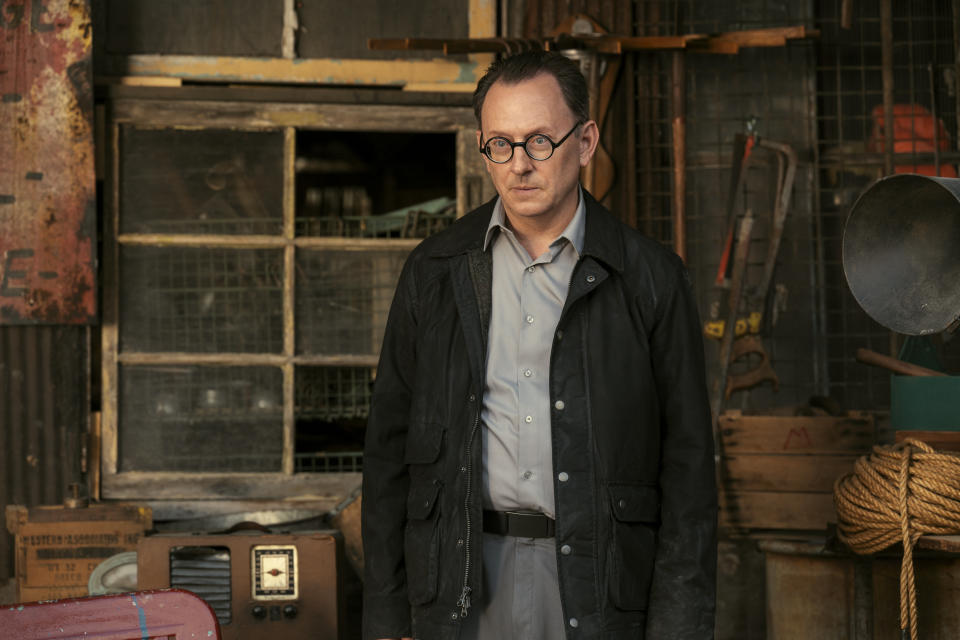
After the Great War, a faction of the US government lived on in the form of the Enclave, a shadowy and fascist organization of politicians, military officials, and scientists pulling the strings behind the scenes and desperately trying to retain power over the country. Other factions like the NCR and the Brotherhood of Steel devoted themselves to eradicating the Enclave, and pretty much succeeded. By the end of Fallout 3, the Enclave was essentially no more except for a few scattered remnants.
In Fallout episode 1, a Brotherhood of Steel elder says that "a denizen of the Enclave has escaped," and in episode 2 we see that escape happen. A scientist working in a highly guarded lab (on cyberdog technology) smuggles a mysterious item (and a dog) out into the wasteland. After all this time, the Enclave appears to still have some presence in the world.
Who actually started the war?
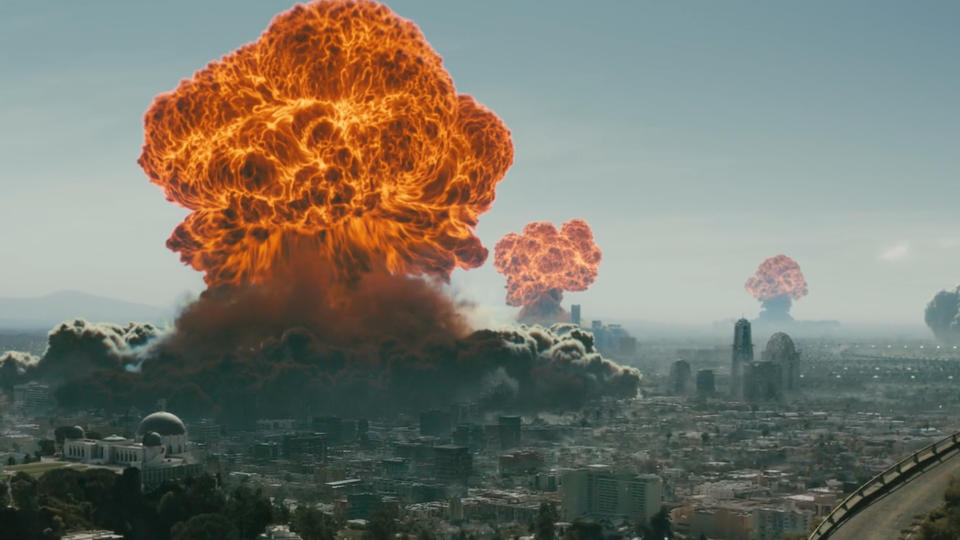
Let's get to the biggie. It's been a matter of speculation for years: who started the Great War in the first place? Some say China struck first… and that includes Tim Cain, creator of the original Fallout, which gives this theory an almost insurmountable amount of heft. Another theory, which appears to have originated from a Fallout film treatment written in 1998, says that the creator of the Vaults started the war just "to fulfill his own prophecy of world annihilation."
There's a lot of earning potential with the end of the world.
Does the Fallout show finally put an end to years of speculation? Honestly… not quite. But it does strongly suggest that Vault-Tec dropped the first bomb. Why? For capitalism, of course! As the heads of several companies like Rob-Co, Reppcon, Big MT, and West Tek meet at Vault-Tec HQ in an episode 8 flashback, they express reluctance to put all their chips in the Vault system. "There's a lot of earning potential with the end of the world," says Robert House (yes, the Robert House). "But we're talking about making a significant investment based on a hypothetical. How can you guarantee results?"
"By dropping the bomb ourselves," says a Vault-Tec executive I'm not naming, for reasons. "When we are the only ones left there will be no one to fight. A true monopoly."
That's pretty darn blunt. However, we don't technically see it happen: there's no shot of someone at Vault-Tec pushing a big red button to kick off the war, so it's possible the US, China, or some unknown third party actually started blowing things up first. There is a bit more evidence for Vault-Tec ending the world in the Fallout series, though: the nuke that obliterated Shady Sands was set off by a Vault overseer. When it comes to detonating nukes, Vault-Tec can talk the talk and walk the walk… but did they do it? Almost definitely, but it's still not 100% certain.
The purpose of the Vault experiments
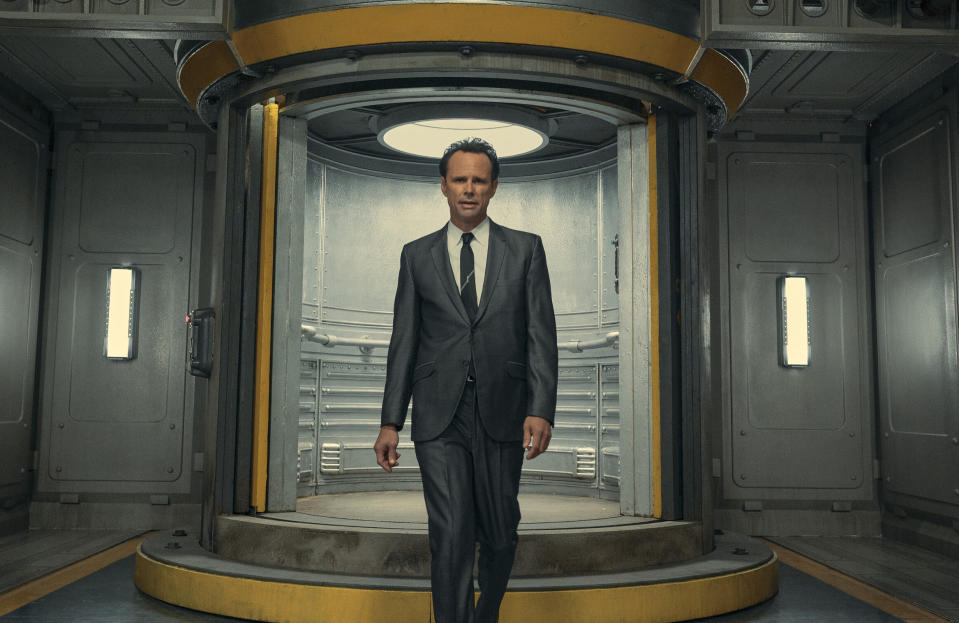
Vaults did far more than just protect people from radiation, they were used to perform experiments on a captive audience. Many Vault inhabitants were subjected—without their knowledge or consent—to drug tests, psychological experiments, diseases, radiation, shortages of resources, and even cloning.
What was the point? Lore has it (and this again comes from Fallout's creator Tim Cain) that the Vaults were a testbed for generational starships meant to someday colonize other planets. Dwellers were subjected to nightmarish experiments to see how humans would fare under stress and adversity during hundreds of years of space travel. Thing is, Vault-Tec never got around to actually building the spaceships before the bombs fell.
The show differs on the topic of Vault experiments. At that same meeting of executives where it's decided that nuking the entire planet will be great for profit margins, we learn that while these corporate suits are willing to work together to bring about the end of the world, they don't view rebuilding society as a collaboration but a competition. After the bombs drop and the radioactive dust settles, the doors are going to open up and only the best of the Vaults will kickstart a bright new future.
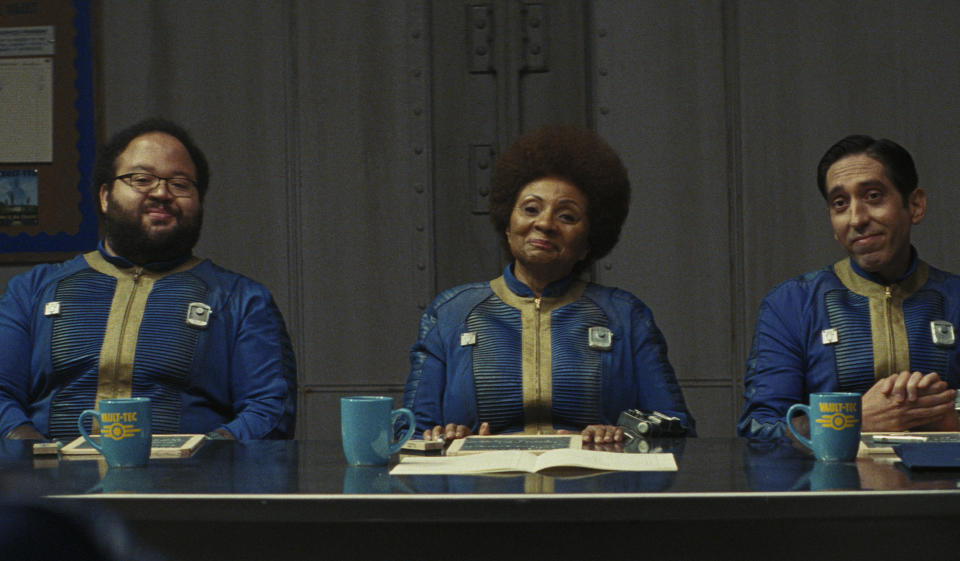
It's survival of the fittest in a bunch of tin cans: "Play out your own ideas for how to create the perfect conditions for humanity," the Vault-Tec executive suggests. "Whatever you want to do. No one needs to know. And may the best idea win."
That's where the experiments come in. "We could intentionally overcrowd a Vault so people would have to compete to survive inside it," says the exec from Big MT. Reppcon Aerospace has been working on a robot "that delivers milk to the front door" and decides that's enough reason to put a milkbot in charge of one of their Vaults. Culling children so only the smartest survive, pumping in drugs, and "using a Vault to develop a super mutant soldier using illegal immigrants" are other ideas. And there's Vault-Tec's own plan: to freeze a bunch of ambitious junior executives and unthaw them, one by one, over centuries, to become overseers and "manage" a bright new future.
The fate of New Vegas
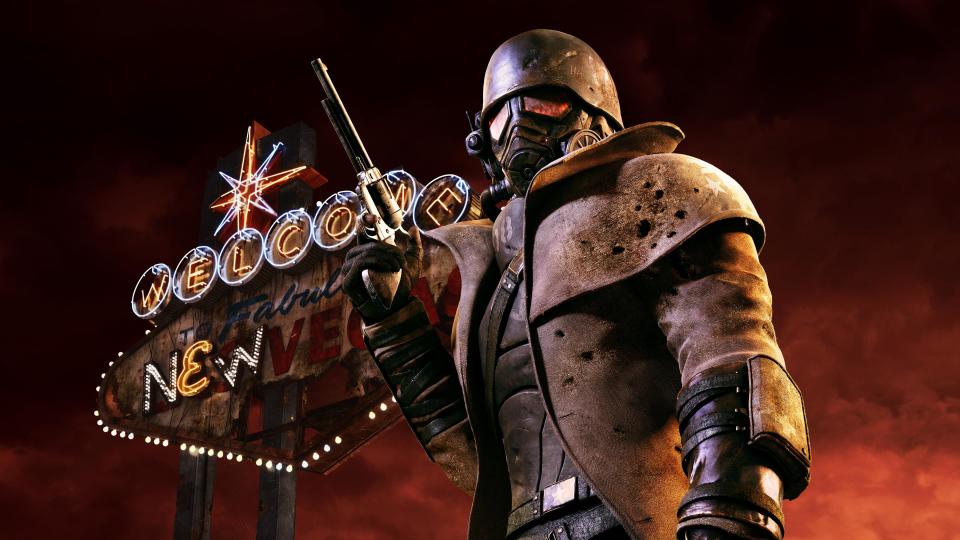
Nearly all of the Fallout series takes place in southern California, but the end of the show—and I mean the final shot and closing credits sequence of the very last episode—gives us a look at New Vegas. And it doesn't look good! The lights are out. The gates are smashed. An NCR vertibird lies wrecked in the street. It's not the jazzy, happenin' town I remember from Fallout: New Vegas.
It's not clear yet if it was nuked by Vault-Tec like Shady Sands, but I didn't see a huge crater so it may have just been pummeled in more standard war. Hopefully the slot machines are still working and the hotels still have a few amenities, but we won't find out until Fallout season 2.
Where Gulpers come from
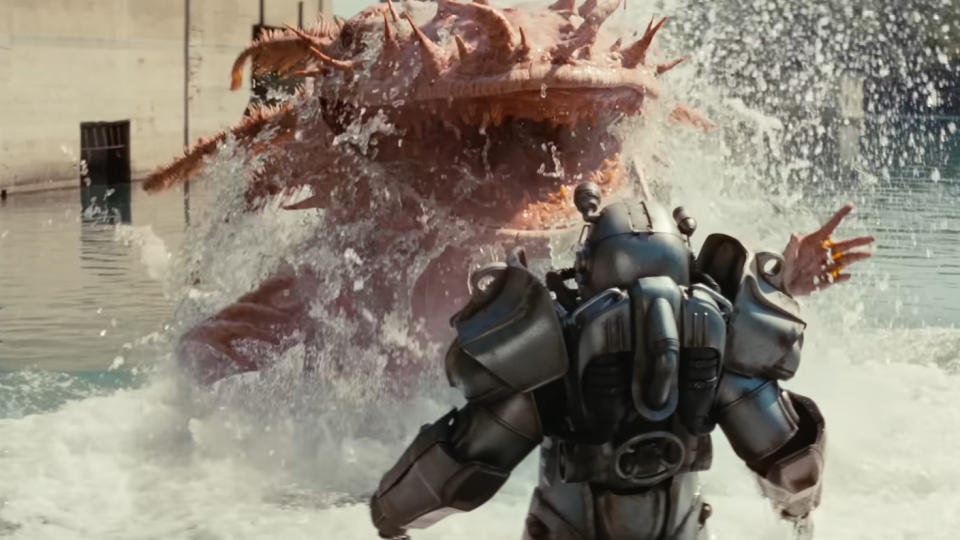
Gulpers feature pretty prominently in the Fallout show, making multiple appearances and battling with different characters. In the games, they first appeared in Fallout 4's Far Harbor DLC, and according to an Enclave lab console in Fallout 76 and a Far Harbor loading screen, they're massive mutated salamanders.
But there's more to it on the show, as you may have guessed when a Gulper opens its mouth in episode 3 to reveal row after row of curling, beckoning human fingers. Disturbing for sure, and the reason for this horrific mutation is revealed in episode 7. Vault 4 was filled with scientists who were conducting unregulated experiments on the effects of radiation on human DNA. But they didn't stop there. They delved into "hybridizing humans with radioactive resistant species," which resulted in a monstrous Gulper that rampaged through the lab, gulped down the scientists, and eventually escaped into the wild.
Vault Boy's origins
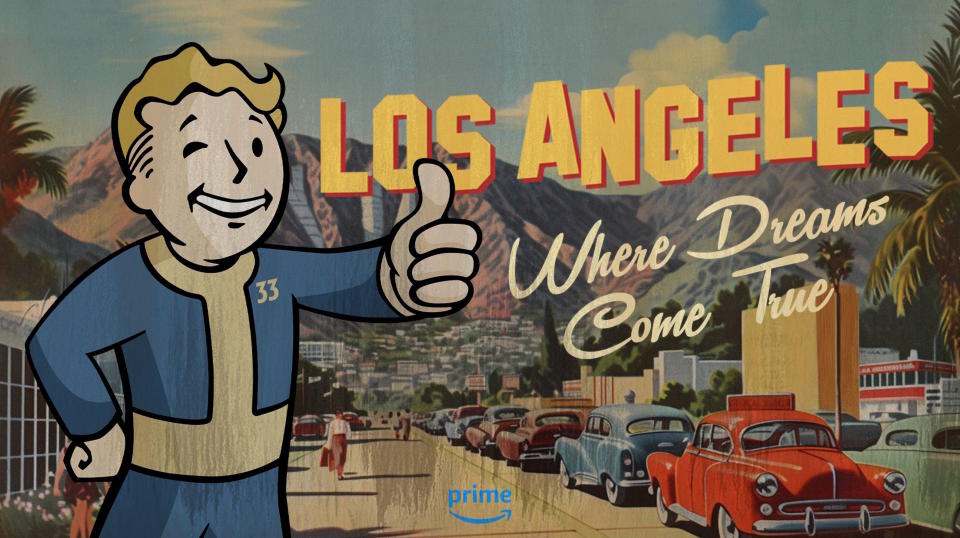
There are some things in pop-culture that don't really need origin stories—how Han Solo got his last name being a prime example—and the creation of Vault-Tec's mascot, Vault Boy, is probably one of them. But now we know where the idea for the mascot and his famous thumbs-up came from. In episode 3, Western film star Cooper Howard has agreed to do an advertisement for Vault-Tec, which includes wearing a Vault jumpsuit and taking promotional photos. Howard strikes upon the idea of giving a big grin and a thumbs-up. And that's how the idea for Vault Boy came about.
It's not an especially interesting origin story for the rise of that famous mascot, but you do have to feel for Coop since those faded Vault-Tec billboards still haunt the overworld, an unpleasant reminder of his former life and the endorsement he gave a truly evil corporation. The thumbs-up itself actually kicks in much earlier in the series, right at the start of episode one, when Howard and his daughter witness the first bomb dropping on Los Angeles.

